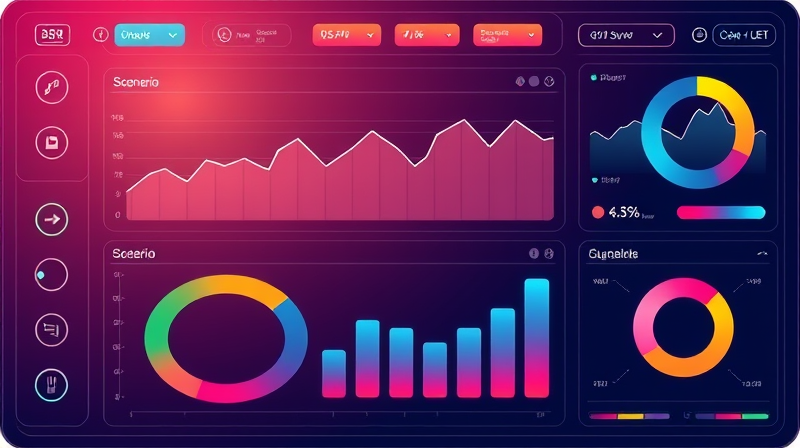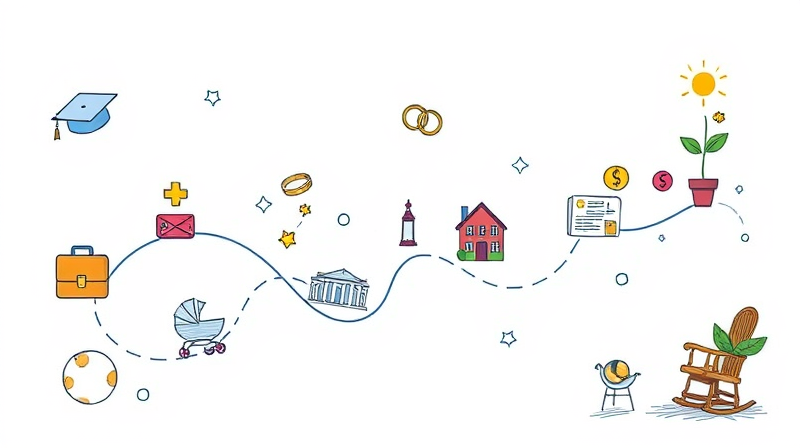
As global economic conditions evolve, banking leaders are overhauling their lending frameworks to stay competitive, meet client needs, and manage risk.
In 2025, community and regional banks face multiple headwinds that demand strategic pivots. Loan demand remains uneven across regions, with CEOs highlighting small business, commercial real estate and residential mortgage lending as core revenue drivers.
However, political uncertainty surrounding election cycles and regulatory changes has created a cautious corporate environment. Decisions to defer borrowing until clarity emerges have left some institutions with lower utilization of their loan-to-deposit capacity. Banks with ratios around 60–70% still have room to grow, while institutions above that threshold are tightening credit for non-depositors.
Alternative finance platforms and fintechs are capturing market share at an accelerating pace. Nearly a quarter of middle-market firms and 16% of small businesses intend to seek funding outside of conventional banks.
Client trust in small and regional banks has declined since the 2023 banking crisis, while large banks have been perceived as a haven. Borrowers migrating toward faster, more flexible sources of capital are driven by frustration with rigid traditional credit policies and stringent risk assessments.
Artificial intelligence is transforming credit underwriting, risk modeling, and customer engagement. Institutions that have embedded AI solutions report faster approval times and more accurate risk predictions, fueling stronger customer relationships.
The global “AI in lending” market is projected to grow robustly through 2033, enabling banks to personalize loan structures, dynamically price risk, and continuously refine portfolios. Predictive analytics also help banks identify emerging trends and proactively adjust credit policies.
Open banking frameworks in regions like Europe, Brazil, and Australia are unlocking real-time access to transaction-level data. Lenders can now underwrite based on current income streams and spending habits, rather than solely on historical credit scores.
Embedded microloans within healthcare, education, and gig platforms are gaining traction. Instant credit lines for gig workers and pay-per-use financing for SaaS products exemplify how tailored credit solutions meet niche needs. These offerings highlight the imperative of customer-centric job-to-be-done strategies.
Green lending is no longer a niche. Regulatory incentives and growing consumer demand have propelled eco-centric products into the mainstream.
Leading banks are embedding environmental, social, and governance criteria into credit scoring models, rewarding clients for sustainable behaviors. This shift underscores the belief that sustainability drives long-term profitability.
Commercial real estate exposures remain a significant concern. Mid-sized banks with assets between $10B and $100B hold CRE loans at nearly 199% of their risk-based capital, compared to 54% for the largest institutions. This disparity calls for careful portfolio diversification.
Meanwhile, rising cost of interest-bearing deposits—averaging 3.15% at midsize banks—has compressed margins. Managing deposit costs while maintaining competitive loan pricing necessitates nuanced strategies.
To stay agile, banks are investing in API-driven, modular infrastructures. These platforms facilitate rapid product launches, regulatory compliance, and seamless integration with third-party services.
Omnichannel experiences powered by integrated data repositories enable personalized offers across mobile apps, online portals, and branch networks. Institutions that cultivate adaptable technology frameworks can outmaneuver competitors and respond swiftly to market shifts.
Leaders in lending are focusing on four strategic pillars:
By pursuing these priorities, banks can deliver more inclusive and personalized lending solutions, reinforcing trust and deepening client relationships.
As the lending landscape evolves, the institutions that embrace intelligence, agility, and sustainability will emerge as market leaders. The future of lending belongs to those who build rather than react.
References













